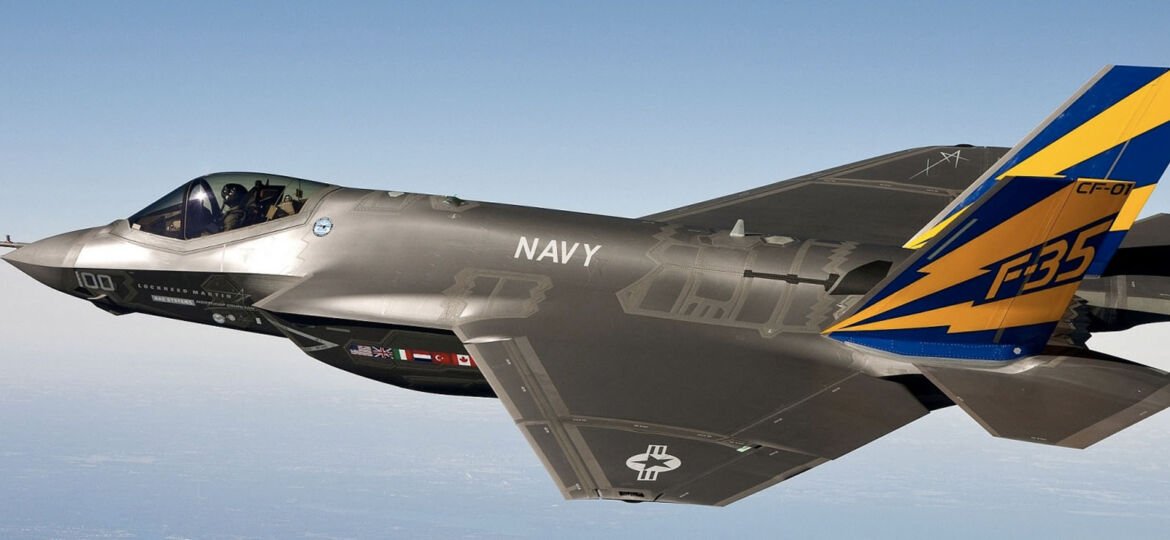
WHY THIS MATTERS IN BRIEF
- Chinas relentless drive to develop new radar detection systems could, if true, render stealth technologies obsolete
This week at the Zhuhai Air Show China showed off what it claims is an anti-stealth radar system that could threaten to undo hundreds of billions in US spending on stealth warplanes.
China showed off two anti-stealth radars at Zhuhai. The first, the JY-27A 3-D long range surveillance and guidance radar, is a Very High Frequency (VHF) radar that is the Chinese military’s first active phased array radar. VHF radars, with their longer wavelengths, are more likely to detect stealth aircraft and it’s been known that China has been working on them for some time now.
Phased array radars, unlike traditional “dish” radars, are flat panels composed of hundreds of smaller transmit and receive panels. While traditional radars are like turning on a flashlight in a dark room – everyone can see where the beam of light is coming from – phased array radars are more difficult to detect. They’re also less susceptible to jamming.
The Chinese governments claims though are, as usual with these types of technologies, such as their recent announcement about their quantum radar breakthrough, unverified but allegedly it can detect hostile stealth fighters at ranges of up to 500km (310 miles). If so, that would make American stealth aircraft stick out like a sore thumb, revealing them before they could get into a fight.
Another anti-stealth radar on display at Zhuhai was the JY-26 Skywatcher-U. This radar works in a broader bandwidth, in VHF and Ultra-High Frequency (UHF) bands. It also has a range of 500km and can track up to 500 targets at once. Intriguingly, the Chinese government claimed that while under development in Shandong it was able to track American F-22 Raptors flying over South Korea.
If this is true, the US military could be in big trouble. The Pentagon has spent hundreds of billions on stealth technology over the past thirty years, on everything from the F-117A Nighthawk stealth fighter to the B-2 bomber and the F-22 Raptor and the DGD-1000 Zumwalt destroyer. The F-35 Joint Strike Fighter project alone is estimated to have cost $65 Billion and all of those planes could have been a lot cheaper if not for the hard work of making them stealthy, so if that advantage turns out to be useless that is a ton of money wasted.
While China’s claim of detecting the F-22 sounds impressive, there is one awfully big caveat to go along with it. F-22 Raptors did briefly visit Osan Air Force Base in South Korea on February 17th, 2016. However, they were fitted with external fuel tanks that allowed them to easily make the trip from Kadena Air Force Base in Okinawa to Osan. Large drop tanks hanging off their wings would have ruined their stealthy profile, making them much more visible to radar, so it’s not entirely surprising that a radar could have detected them.

















Hi
Thanks for getting in touch – I believe that service is provided by WordPress. i’ve had a look on the lists and can’t see you’re on there so hopefully you should see any follow up E-Mails, do let me know though if you have any problems again and I’ll have another look into it
Thanks for commenting
-Admin